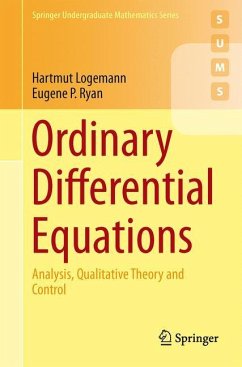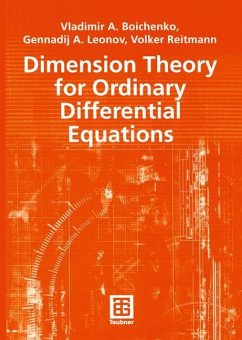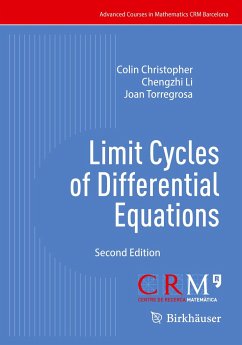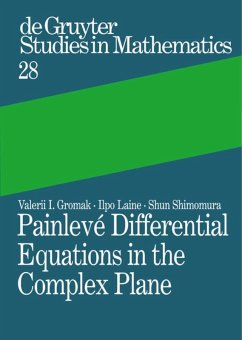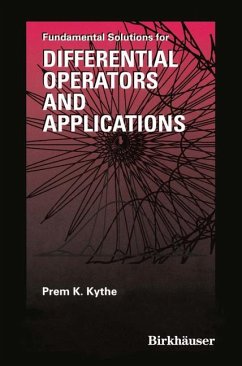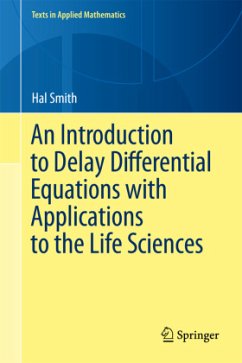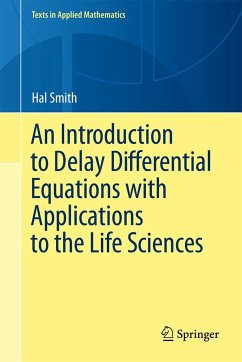
Differential Equations
Linear, Nonlinear, Ordinary, Partial
Versandkostenfrei!
Versandfertig in 1-2 Wochen
83,99 €
inkl. MwSt.

PAYBACK Punkte
42 °P sammeln!
Finding and interpreting the solutions of differential equations is a central and essential part of applied mathematics.This book aims to enable the reader to develop the required skills needed for a thorough understanding of the subject. The authors focus on the business of constructing solutions analytically, and interpreting their meaning, using rigorous analysis where needed.MATLAB is used extensively to illustrate the material. There are many worked examples based on interesting and unusual real world problems. A large selection of exercises is provided, including several lengthier projec...
Finding and interpreting the solutions of differential equations is a central and essential part of applied mathematics.
This book aims to enable the reader to develop the required skills needed for a thorough understanding of the subject. The authors focus on the business of constructing solutions analytically, and interpreting their meaning, using rigorous analysis where needed.
MATLAB is used extensively to illustrate the material. There are many worked examples based on interesting and unusual real world problems. A large selection of exercises is provided, including several lengthier projects, some of which involve the use of MATLAB.
The coverage is broad, ranging from basic second-order ODEs and PDEs, through to techniques for nonlinear differential equations, chaos, asymptotics and control theory. This broad coverage, the authors`s clear presentation and the fact that the book has been thoroughly class-tested will increase its attraction to undergraduates at each stage of their studies.
This book aims to enable the reader to develop the required skills needed for a thorough understanding of the subject. The authors focus on the business of constructing solutions analytically, and interpreting their meaning, using rigorous analysis where needed.
MATLAB is used extensively to illustrate the material. There are many worked examples based on interesting and unusual real world problems. A large selection of exercises is provided, including several lengthier projects, some of which involve the use of MATLAB.
The coverage is broad, ranging from basic second-order ODEs and PDEs, through to techniques for nonlinear differential equations, chaos, asymptotics and control theory. This broad coverage, the authors`s clear presentation and the fact that the book has been thoroughly class-tested will increase its attraction to undergraduates at each stage of their studies.






